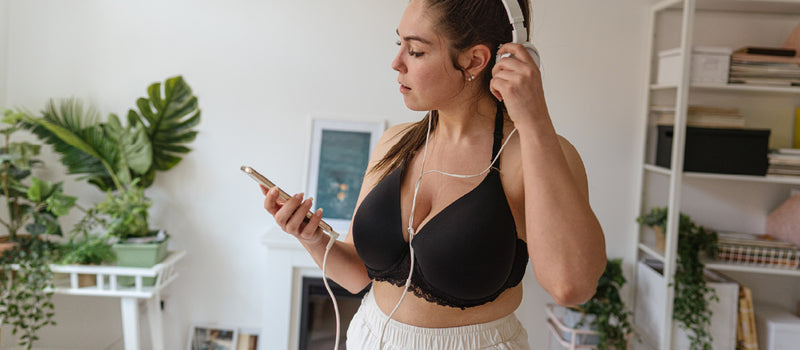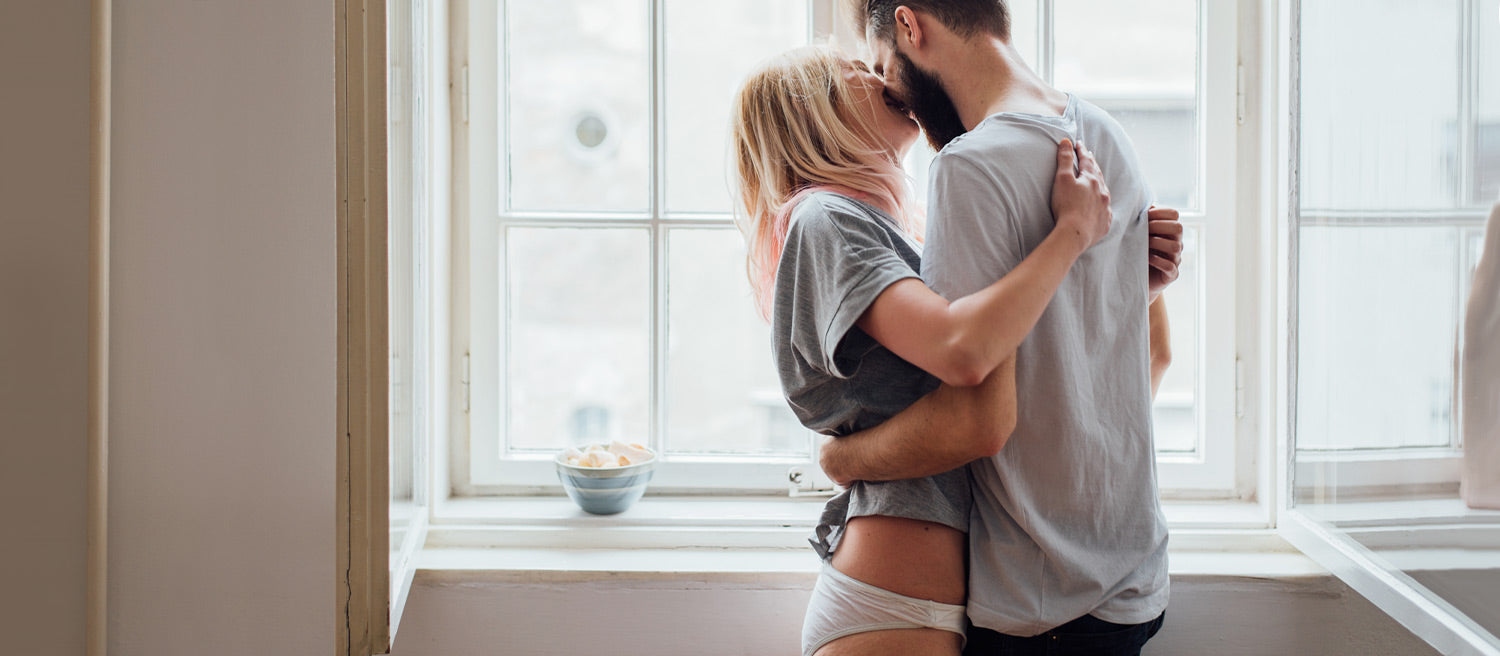Tommy John Blog
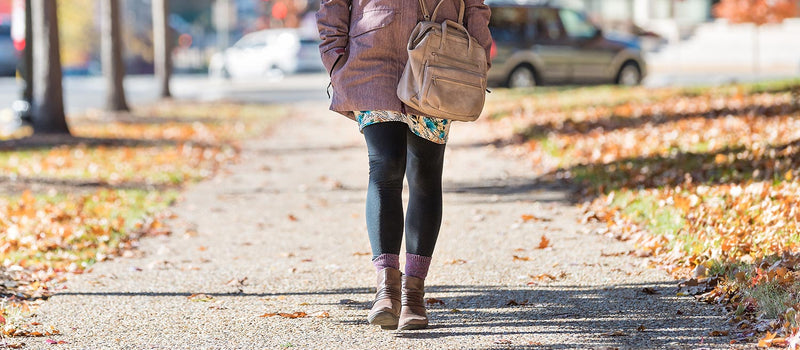
How to Wear Leggings: 16 Ways to Style Leggings
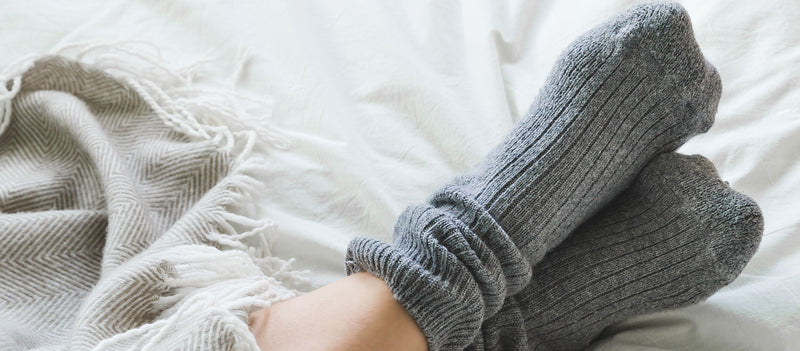
15 Types of Socks and How to Wear Them
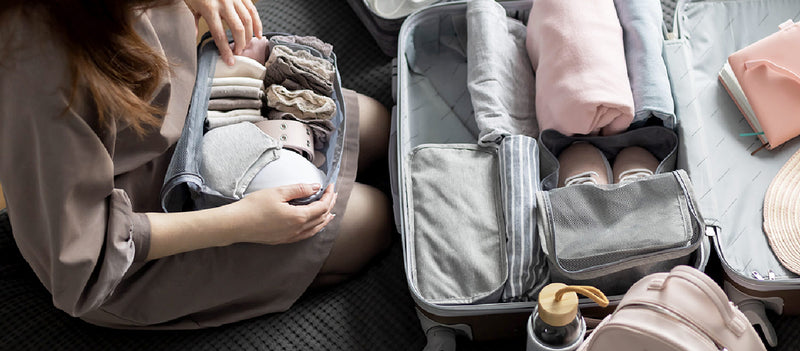
Bra Packing Guide: 15 Tips for Packing and Traveling With Bras
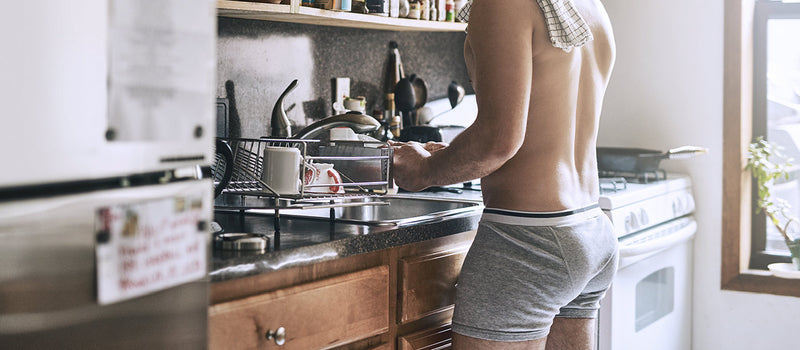
Boxers vs Briefs vs Boxer Briefs: How to Choose The Right Style
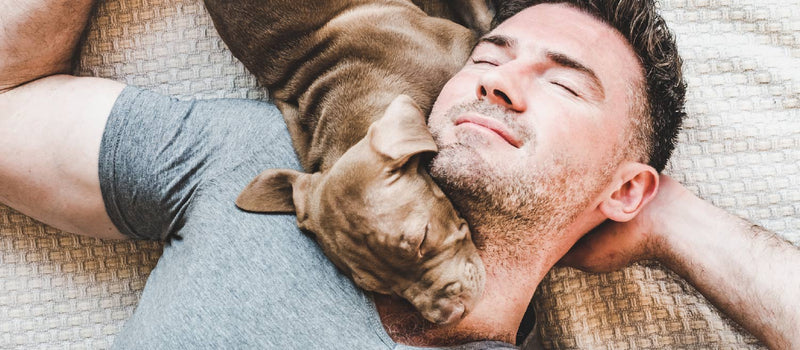
Sleeping With Dogs: 8 Science-Backed Tips from Pet Experts
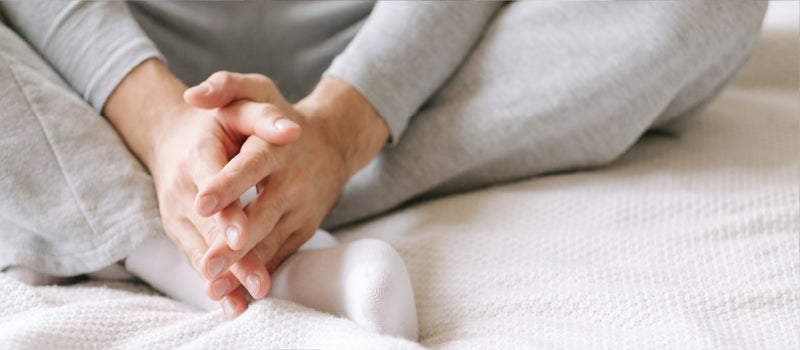
Joggers vs Sweatpants: The Differences You Need to Know
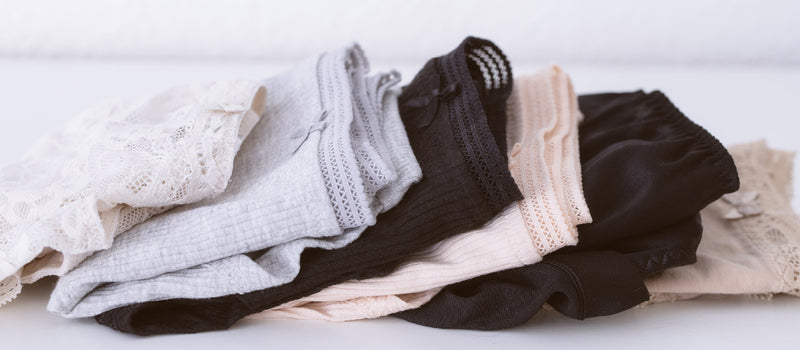
How to Fold Underwear: Underwear Organization Methods
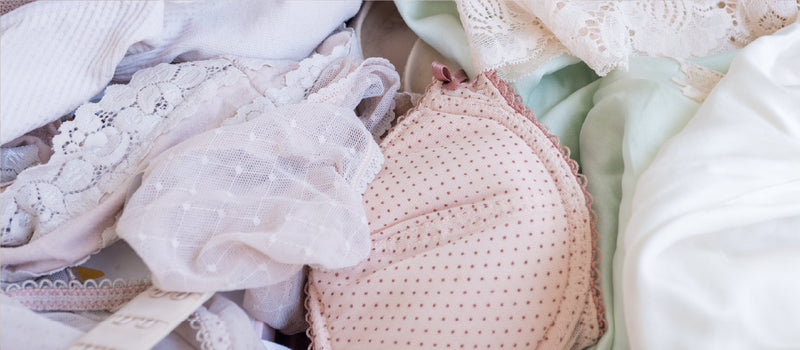
What to Do With Old Bras: 12 Ways You Can Make a Difference
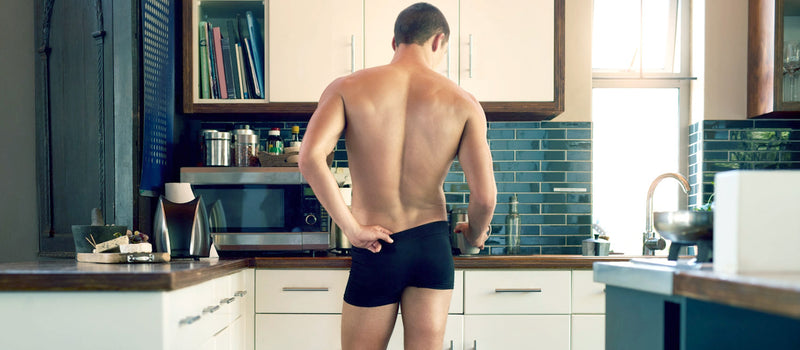
Men’s Underwear Types: The Ultimate Guide
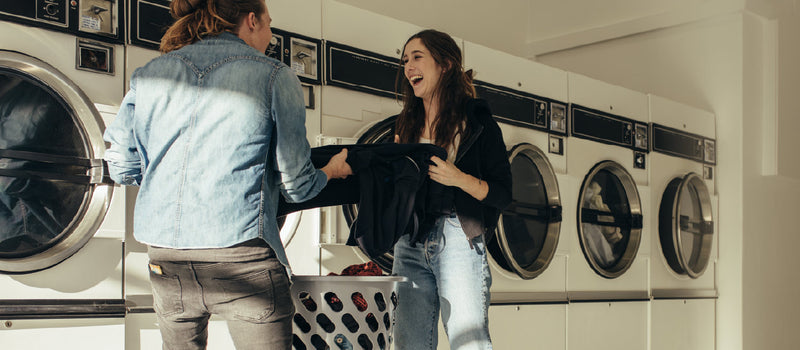
Travel Laundry: How to Wash Clothes While Traveling

Should You Sleep in Panties?
